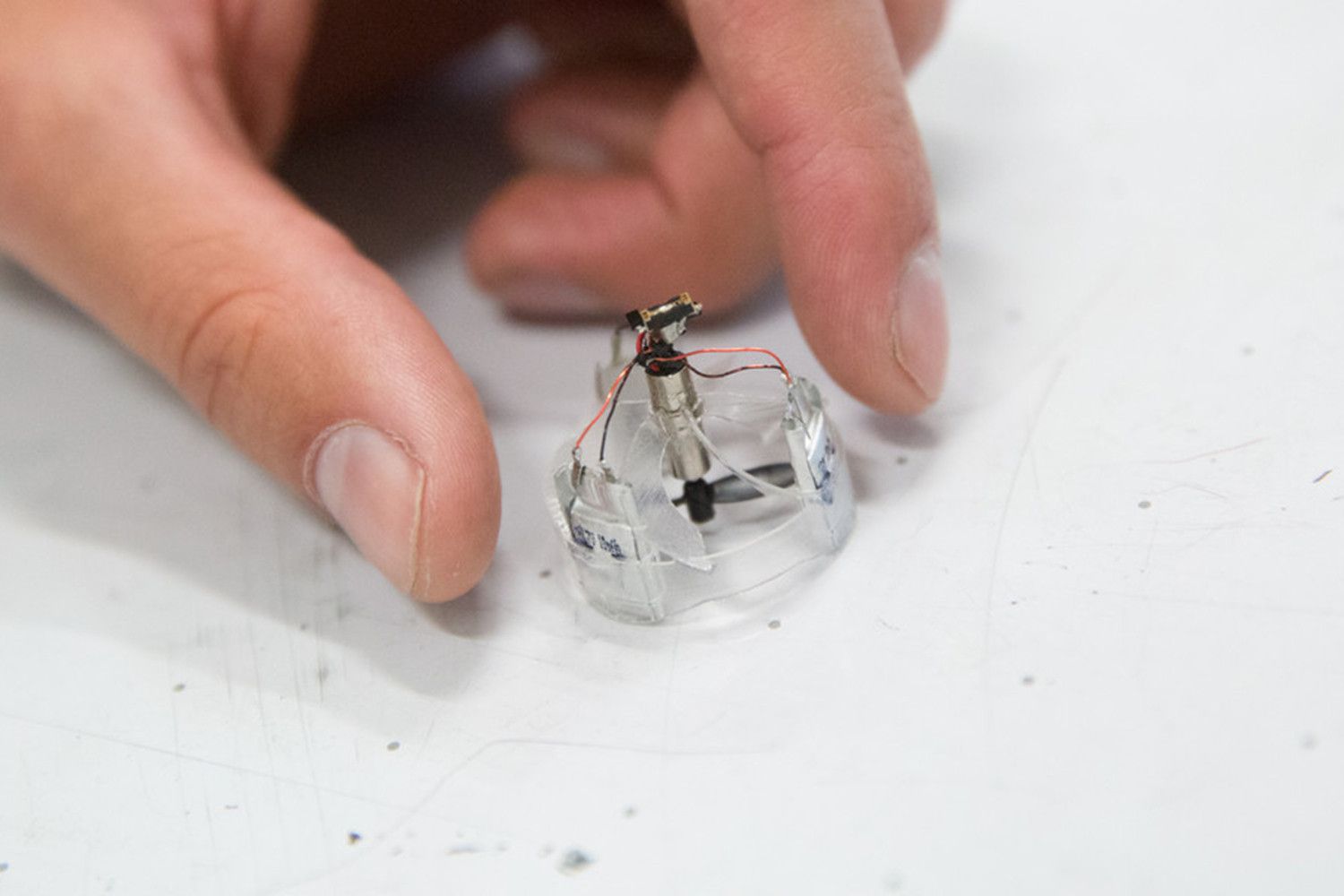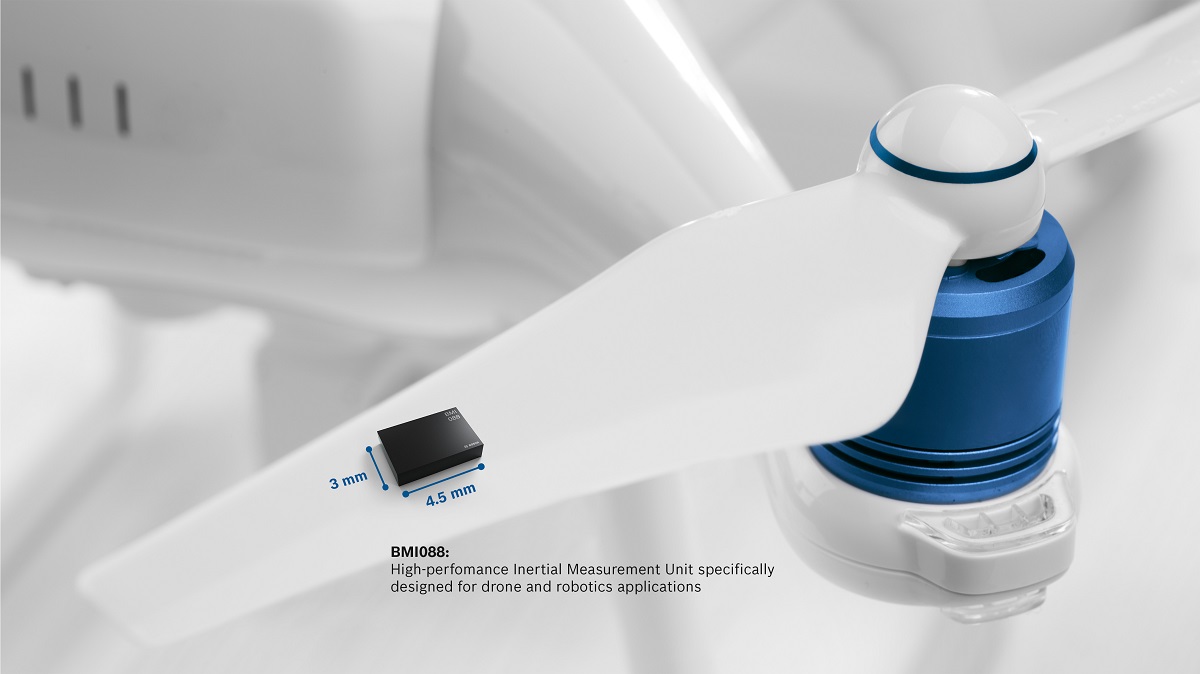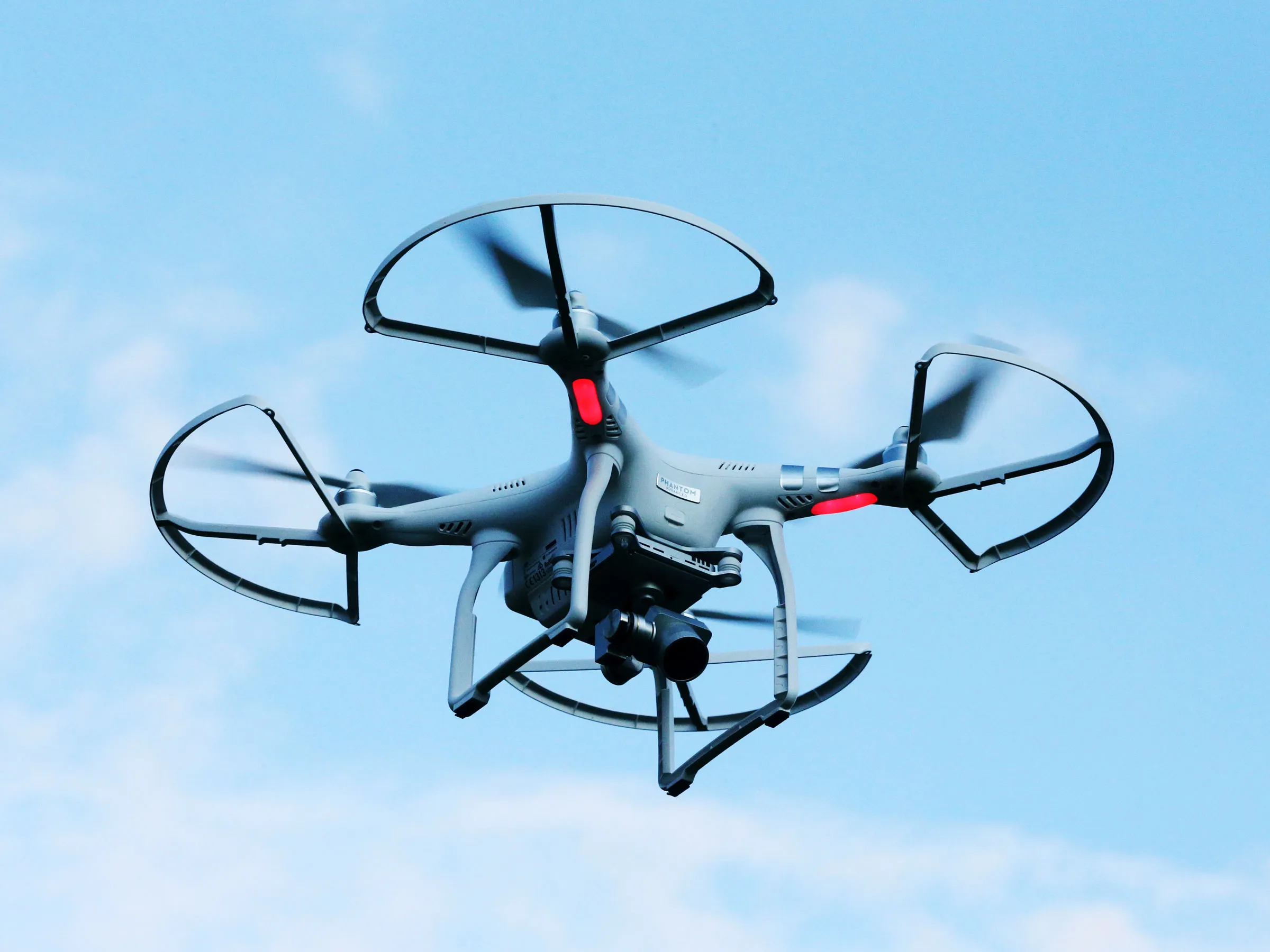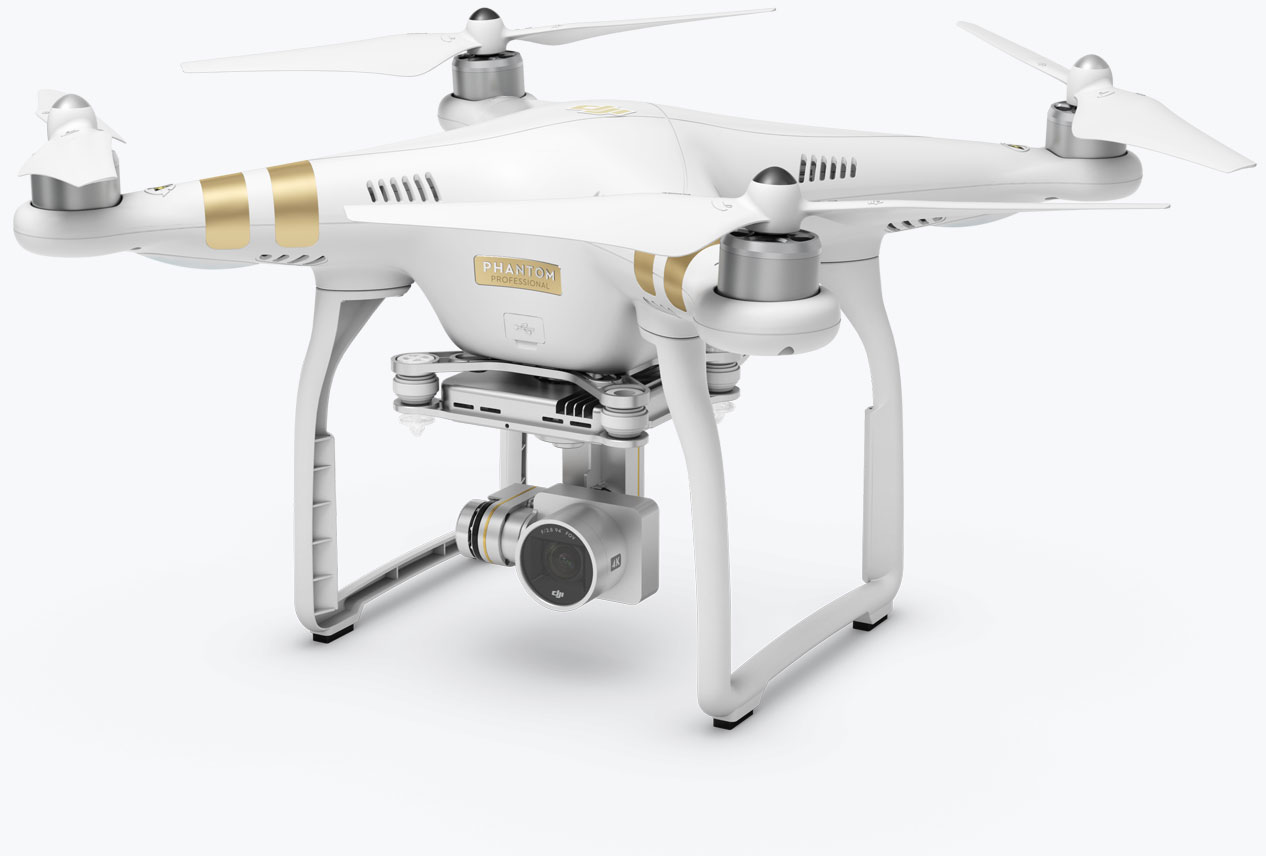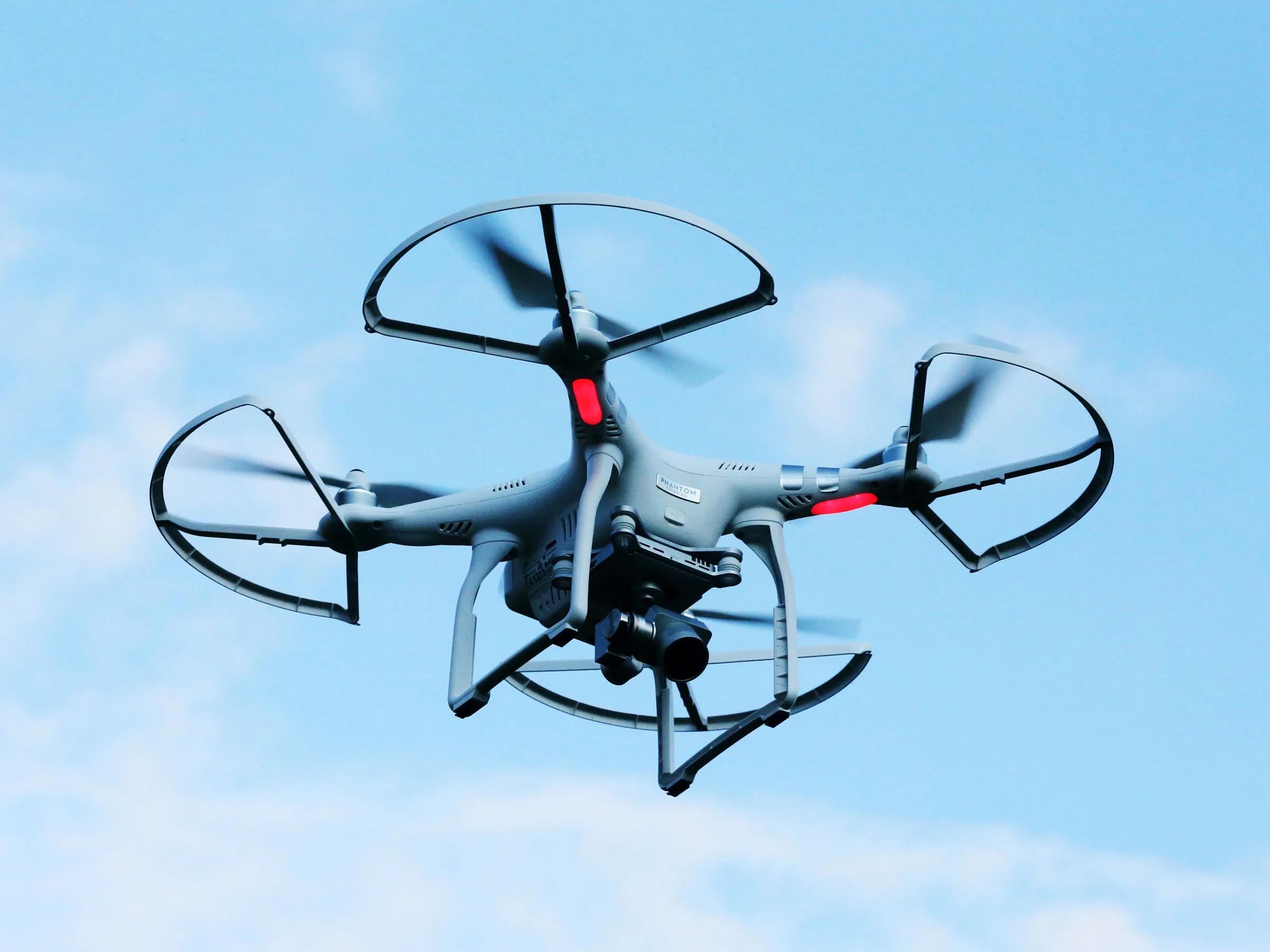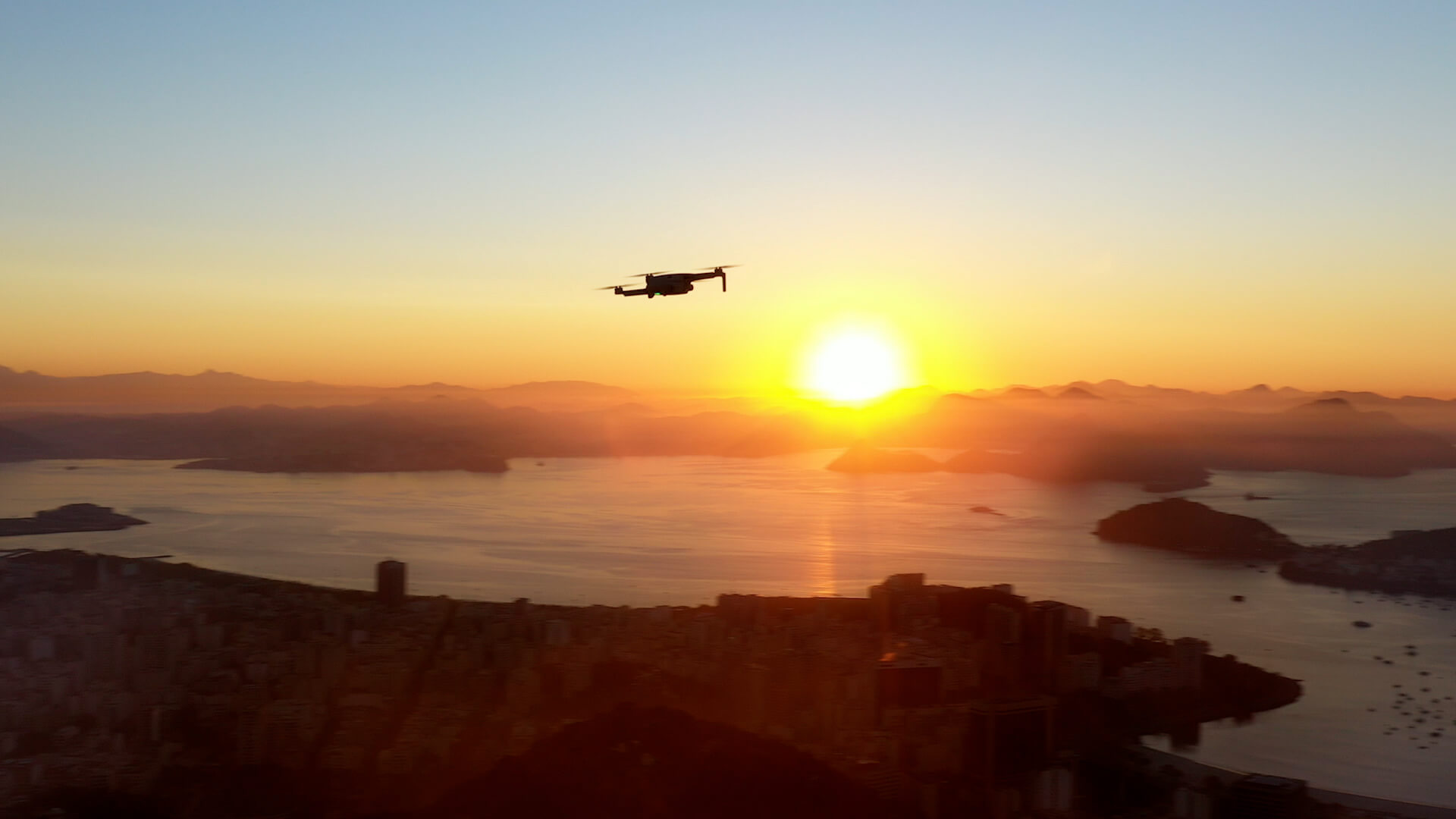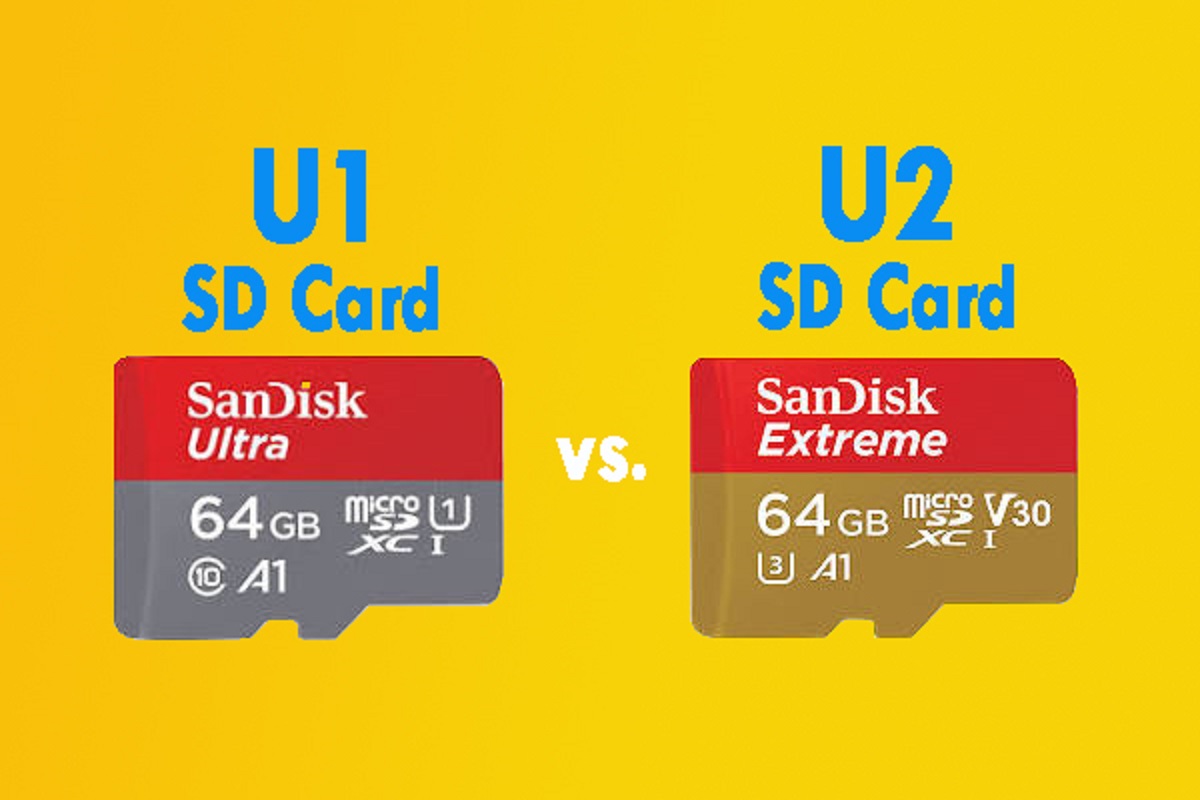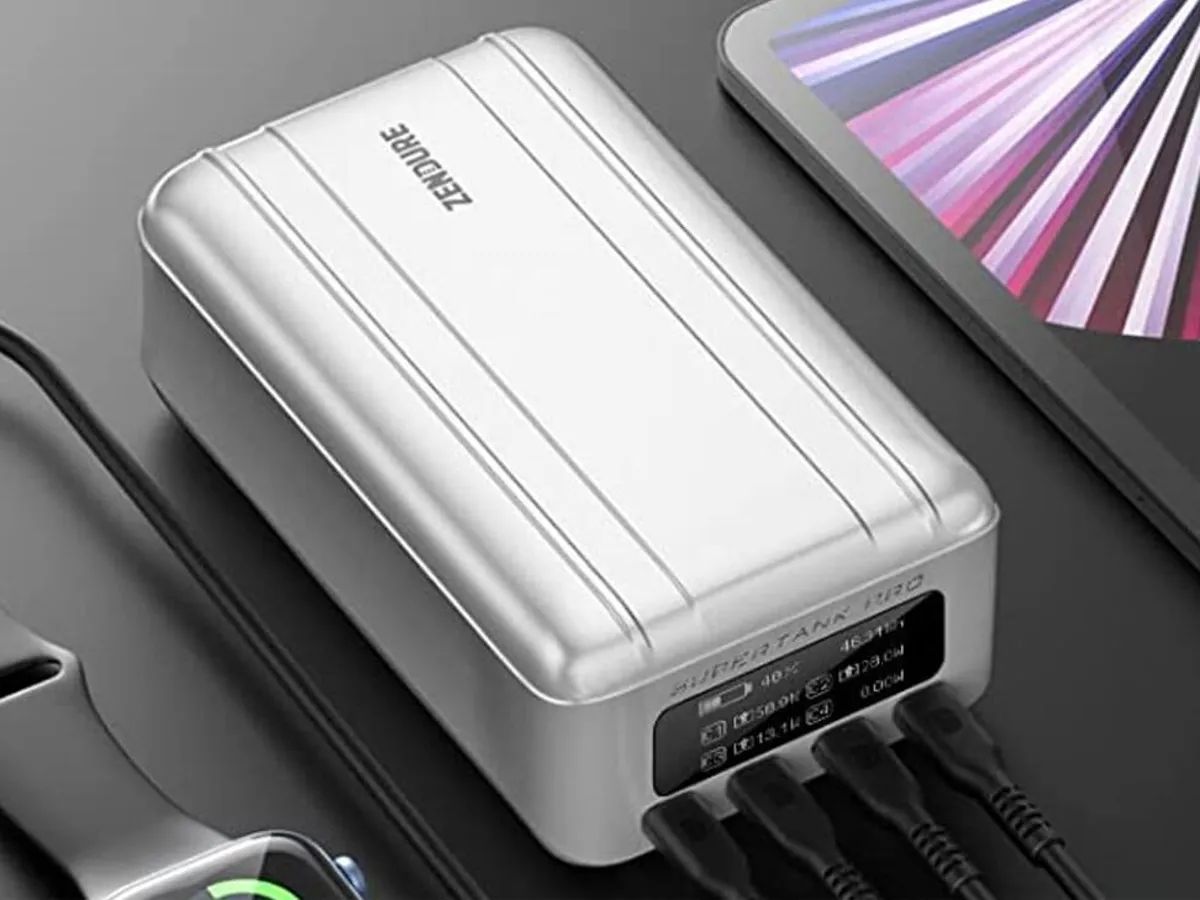Introduction
Drones, also known as unmanned aerial vehicles (UAVs), have become increasingly popular in recent years. As technology advances, drones have become more compact, versatile, and accessible to the general public. From capturing stunning aerial shots to providing innovative solutions in various industries, drones have revolutionized the way we perceive and interact with our surroundings. In this article, we will explore the world of small drones, the smallest and most portable versions of UAVs.
Small drones are designed with portability in mind, allowing users to easily carry them around and launch them wherever they go. These miniature flying machines are equipped with advanced features and capabilities that rival those of their larger counterparts. Whether you are a professional photographer, a hobbyist, or someone looking to explore the possibilities that drones offer, small drones can be an excellent choice.
Throughout this article, we will delve into the different types of drones, their features, benefits, applications, and the considerations to keep in mind when choosing a small drone. So, if you are curious about small drones or considering purchasing one, read on to discover more about these fascinating devices and how they can enhance your aerial experiences.
Definition of a Drone
A drone, in the context of unmanned aerial vehicles (UAVs), refers to a remotely piloted aircraft or an autonomous aircraft that can fly without a human onboard. Drones are commonly used for various purposes, such as aerial photography, videography, surveillance, package delivery, agriculture, and even recreational activities.
These unmanned aircraft are typically controlled by a remote control or a mobile device, allowing the operator to control their flight path, altitude, and other operations. In recent years, advancements in technology have led to the development of autonomous drones that can operate without direct human intervention, relying on pre-programmed instructions or artificial intelligence algorithms.
Most drones consist of a body or frame, motors, propellers, a flight controller, and a battery or power source. The flight controller is the brain of the drone, responsible for processing the input received from the operator and controlling the movement of the aircraft. Additionally, drones may be equipped with cameras, sensors, GPS, and other specialized technology depending on their specific application.
It is important to note that drones come in various sizes, from small handheld devices to larger, professional-grade models. In this article, we will focus on small drones, which are the smallest and most portable versions of UAVs suitable for personal or recreational use.
Now that we have a basic understanding of what a drone is, let’s explore the different types of drones and their capabilities.
Types of Drones
Drones can be categorized into various types, each with its own unique features and functionalities. Understanding the different types of drones can help you choose the one that best suits your needs and interests. Let’s explore some popular types of drones:
- Camera Drones: Camera drones are equipped with high-resolution cameras that allow users to capture stunning aerial photographs and videos. These drones often come with advanced stabilization systems to ensure smooth and professional-quality footage. Camera drones are popular among photographers, videographers, and enthusiasts who want to document their adventures from a bird’s-eye view.
- Racing Drones: Racing drones are specially designed for competitive drone racing. These drones are built for speed, agility, and maneuverability. They often feature a streamlined design, powerful motors, and first-person view (FPV) capabilities, allowing pilots to immerse themselves in the racing experience.
- Toy Drones: Toy drones are small, affordable drones designed for kids and beginners. These drones are generally easy to control and offer a fun and interactive flying experience. They often come with simplified features and protective structures to prevent damage during crashes or collisions.
- Professional Drones: Professional drones are high-end, advanced UAVs used for commercial purposes. These drones are equipped with state-of-the-art technology and enhanced features, such as advanced camera systems, thermal imaging capabilities, and extended flight range. Professional drones are popular among industries such as filmmaking, surveying, agriculture, and search and rescue.
- Selfie Drones: Selfie drones are compact drones specifically designed for capturing selfies and group photos from unique angles. These drones often feature built-in cameras, facial recognition technology, and intelligent flight modes that allow users to capture the perfect selfie effortlessly.
These are just a few examples of the types of drones available in the market. Each type has its own set of features and capabilities, catering to different user preferences and needs.
Now that we have explored the different types of drones, let’s move on to understanding the size classifications of drones and how small drones fit into the picture.
Understanding the Size of Drones
When it comes to drones, size matters. Drones come in various sizes, ranging from small and portable to large and professional-grade. The size of a drone not only affects its portability but also its flight performance, battery life, payload capacity, and overall capabilities.
Drone sizes are usually classified based on their diagonal measurement, commonly referred to as their “wingspan.” This measurement represents the distance from one motor to the motor directly across from it. By understanding the different size classifications, you can better assess which drones fit your specific requirements. Here are the main drone size classifications:
- Micro Drones: Micro drones are the smallest category of drones, typically measuring less than 100mm in size. These drones are incredibly compact and lightweight, making them perfect for indoor flying, close-quarters exploration, and practicing flight maneuvers. Micro drones are often used for recreational purposes and learning the basics of drone piloting.
- Mini Drones: Mini drones are slightly larger than micro drones and typically have a wingspan between 100mm and 250mm. These drones strike a balance between portability and flight stability. Mini drones are popular among beginners and hobbyists due to their easy maneuverability and affordability.
- Small Drones: Small drones, also known as “pocket drones,” have a wingspan ranging from 250mm to 350mm. These drones are still compact and portable while offering improved flight stability and longer flight times. They are often equipped with advanced features like built-in cameras, obstacle avoidance systems, and intelligent flight modes.
- Medium Drones: Medium drones have a wingspan ranging from 350mm to 550mm, making them larger and more capable than their smaller counterparts. These drones often offer better stability, longer flight times, and higher payload capacity. Medium drones are frequently used by professional photographers and filmmakers for capturing aerial shots with higher image quality.
- Large Drones: Large drones have a wingspan exceeding 550mm, making them suitable for heavy-duty applications. These drones are designed for carrying heavier cameras, sensors, and equipment for specialized tasks such as industrial inspections, surveying large areas, or delivering payloads. Large drones require more advanced piloting skills and often come with more robust systems.
Understanding the size classifications of drones can help you decide which size range aligns with your intended use, portability needs, and budget.
Next, let’s explore some popular models of small drones currently available in the market.
Popular Models of Small Drones
Small drones have gained immense popularity in recent years due to their compact size, portability, and advanced features. Let’s take a look at some of the popular models of small drones that have captured the attention of drone enthusiasts:
- DJI Mavic Mini: The DJI Mavic Mini is a lightweight and foldable drone, weighing less than 250 grams. Despite its small size, it comes equipped with a capable camera that can capture 2.7K video and 12-megapixel photos. The Mavic Mini offers a stable flight experience and impressive battery life, making it a popular choice for both beginner and experienced pilots.
- Autel Robotics EVO: The Autel Robotics EVO is a compact drone that boasts impressive flight performance and intelligent features. It features a 4K camera with a 3-axis gimbal for smooth footage, obstacle avoidance sensors, and a long flight range of up to 7 kilometers. The EVO’s foldable design makes it easy to transport, and its advanced flight modes provide versatility for various shooting scenarios.
- Parrot Anafi: The Parrot Anafi is a portable and lightweight drone that combines ease of use with high-quality imaging capabilities. It features a 4K HDR camera that can tilt vertically, providing unique shooting angles. The Anafi is known for its folding design, 25-minute flight time, and versatile flight modes, making it an excellent choice for photography and videography enthusiasts.
- Yuneec Mantis Q: The Yuneec Mantis Q is a compact drone that offers a range of intelligent features and a built-in 4K camera. It boasts voice control, facial recognition, and gesture control capabilities, making it a user-friendly option for capturing aerial photos and videos. The Mantis Q’s folding design and up to 33 minutes of flight time contribute to its popularity among travelers and adventurers.
- Ryze Tello: The Ryze Tello is a small and affordable drone that is perfect for beginners and recreational users. It may be small in size, but it comes packed with features such as a 5-megapixel camera, electronic image stabilization, and the ability to perform flips and aerial tricks. The Tello is programmable and can be controlled using a mobile device, making it an ideal choice for learning the basics of drone piloting.
These are just a few examples of the popular models of small drones available in the market. Each model has its own set of features, flight capabilities, and price range. Whether you are a photography enthusiast, an adventurer, or a beginner looking to explore the world of drones, there is a small drone model that fits your needs.
Now that we have explored some popular drone models, let’s dive deeper into the features and specifications that make small drones stand out.
Features and Specifications of Small Drones
Small drones, despite their compact size, pack a punch when it comes to features and specifications. Let’s explore some of the key features and specifications that make small drones stand out:
- Portability: One of the primary advantages of small drones is their portability. These drones are designed to be easily carried and transported, allowing users to take them on adventures and capture aerial footage from anywhere.
- Flight Stability: While small drones may be lightweight and compact, they often incorporate advanced stabilization systems. These systems help ensure smooth and stable flight, allowing for better control and capturing steady footage.
- Camera Quality: Small drones often come with integrated cameras or the ability to mount cameras. The camera quality varies between models, but many small drones can capture high-resolution photos and videos, even in 4K resolution.
- Flight Time: The flight time of a small drone refers to the duration it can stay in the air on a single battery charge. While small drones generally have shorter flight times compared to larger models, manufacturers continually work on improving battery efficiency to extend flight times. Depending on the model, small drones can typically fly for 10-30 minutes on a single charge.
- Range and Control: Small drones usually have limited operating ranges compared to larger professional drones. However, they still offer significant control distances, ranging from a few hundred meters to several kilometers, depending on the model. Many small drones also feature intelligent flight modes, such as follow-me, waypoint navigation, and orbit, allowing for more creative and automated flying experiences.
- Safety Features: Despite their size, small drones often come equipped with safety features such as obstacle avoidance sensors, GPS stabilization, and return-to-home functions. These features help prevent mid-air collisions, ensure stable flights, and protect the drone in case of signal loss or low battery.
- Price Range: Small drones are generally more affordable compared to their larger counterparts. Depending on the brand, features, and specifications, small drones can range from budget-friendly options suitable for beginners to high-end models with advanced capabilities.
The features and specifications of small drones continue to evolve as technology advances. Manufacturers are constantly introducing new innovations to improve flight performance, camera capabilities, and overall user experience.
Now that we have explored the features and specifications of small drones, let’s move on to discover the benefits and applications of these compact aerial devices.
Benefits of Small Drones
Small drones offer a range of benefits that make them appealing to both enthusiasts and professionals alike. Let’s explore some of the key benefits of small drones:
- Portability: One of the significant advantages of small drones is their portability. Their lightweight and compact design make them easy to carry in a backpack or even a pocket. This portability allows users to take their drones to various locations, enabling them to capture unique aerial perspectives wherever they go.
- Accessibility: Small drones are often more accessible to a wider range of users due to their affordability and user-friendly features. They provide an entry point for beginners to learn the basics of drone piloting and aerial photography without breaking the bank.
- Versatility: Small drones are highly versatile and can be used for various purposes. From capturing stunning aerial photographs and videos to mapping and surveying, small drones can adapt to different applications and cater to different user needs.
- Aerial Photography and Videography: Small drones equipped with high-quality cameras allow users to capture breathtaking aerial photographs and videos. Whether it’s capturing scenic landscapes, documenting events, or creating cinematic footage, small drones provide a unique and dynamic perspective.
- Recreational Fun: Small drones offer a fun and exciting recreational activity for hobbyists and drone enthusiasts. They provide the opportunity to navigate the skies, perform aerial tricks, and explore new environments, adding an element of adventure and exhilaration to outdoor activities.
- Creative Freedom: Small drones enable users to unleash their creativity by experimenting with different angles, compositions, and filming techniques. Through intuitive flight controls and intelligent flight modes, users can focus on capturing their desired shots and unleashing their artistic vision.
- Environmental Monitoring: Small drones equipped with sensors and camera capabilities can aid in environmental monitoring and research. They can be used to survey wildlife, track changes in landscapes, monitor vegetation health, and even assess the impact of human activities on fragile ecosystems.
These benefits make small drones a valuable tool for professionals in fields like photography, filmmaking, real estate, agriculture, and environmental conservation. They also offer recreational users the opportunity to engage in a thrilling and creative activity in their free time.
Now that we have explored the benefits of small drones, let’s move on to discover the various applications where these compact aerial devices are making a significant impact.
Applications of Small Drones
The applications of small drones span across a wide range of industries and activities. Their versatility and accessibility have opened up new opportunities in various fields. Let’s explore some of the key applications of small drones:
- Photography and Videography: Small drones equipped with high-resolution cameras are widely used in the photography and videography industry. They allow professionals to capture stunning aerial shots for films, documentaries, real estate listings, travel videos, and more.
- Agriculture and Farming: Small drones provide valuable assistance in agriculture and farming practices. They can be used to monitor crop health, assess irrigation needs, and map land for more precise planting. Drones equipped with specialized sensors can even identify areas prone to pest or disease infestations.
- Search and Rescue: Small drones equipped with thermal cameras and other sensors can aid in search and rescue operations. They can quickly cover large areas, locate missing persons, and provide real-time aerial views to assist first responders in making critical decisions.
- Inspections and Surveys: Small drones are increasingly being used for inspections and surveys in various industries. They can access hard-to-reach areas, such as rooftops, power lines, and bridges, minimizing the need for manual inspections and reducing associated risks.
- Environmental Monitoring: In environmental research and conservation efforts, small drones play a crucial role. They can be used to monitor wildlife populations, assess habitat changes, and track environmental changes, providing valuable data for scientific studies and conservation planning.
- Delivery and Logistics: Small drones are being explored as a means of efficient and cost-effective delivery of small packages. In urban areas, they can navigate through traffic and deliver goods quickly, making them a potential game-changer in the future of logistics.
- Recreational Activities: Small drones offer recreational users the opportunity to engage in aerial activities and capture their adventures from a unique perspective. They can be used for drone racing, capturing action-packed sports footage, or simply enjoying the thrill of flying.
These are just a few examples of the diverse applications of small drones. As technology continues to advance, new and innovative uses for small drones are continuously being explored and implemented.
Now that we have explored the various applications of small drones, let’s move on to discuss the considerations to keep in mind when choosing a small drone.
Considerations when Choosing a Small Drone
When choosing a small drone, there are several important factors to consider to ensure you find the right fit for your needs and preferences. Let’s explore some key considerations:
- Intended Use: Determine your primary purpose for owning a small drone. Are you looking to capture aerial photographs or videos? Do you want to engage in recreational flying or racing? Understanding your intended use will help you narrow down the features and capabilities you require.
- Flight Performance: Consider the flight performance of the small drone, including stability, maneuverability, and responsiveness. Look for features like GPS stabilization, altitude hold, and obstacle avoidance systems, which can enhance the overall flying experience.
- Camera Quality: If aerial photography or videography is important to you, assess the camera quality and capabilities of the drone. Look for features like resolution, image stabilization, and adjustable settings to ensure the drone can meet your imaging needs.
- Battery Life: Check the battery life and charging time of the drone. A longer flight time allows for extended flying sessions, while a quick charging time ensures less downtime between flights. Consider purchasing spare batteries to maximize your flying time.
- Controller and Connectivity: Evaluate the controller capabilities and connectivity options of the small drone. Ensure that the controller is user-friendly and offers intuitive controls. Look for drones that offer a stable connection range and compatibility with your preferred mobile device.
- Size and Portability: Small drones are known for their portability, but consider the specific size and weight of the drone. If you plan to travel frequently, look for a compact and foldable design that can easily fit into your travel bag.
- Price and Budget: Determine your budget and find a small drone that fits within that range. Consider the value you are getting for the price, including the features, build quality, and reputation of the brand.
- Reviews and Recommendations: Read reviews, watch video demonstrations, and seek recommendations from trusted sources. Learn from the experiences of others who have used the specific drone model you are considering. This can provide valuable insights into the overall performance and durability of the drone.
By considering these factors, you can narrow down your options and find the small drone that best suits your needs, preferences, and budget.
Now that we have discussed the considerations when choosing a small drone, let’s conclude our exploration of the world of small drones.
Conclusion
Small drones have become immensely popular for their compact size, portability, and advanced features. These miniature flying machines have revolutionized various industries and recreational activities, offering unique perspectives and endless possibilities. Understanding the different types of drones, their features, and applications is crucial when choosing the right small drone for your needs.
From capturing stunning aerial shots to aiding in search and rescue operations, small drones have proven their versatility and effectiveness. They have made aerial photography and videography more accessible to enthusiasts and professionals alike. Additionally, small drones play a crucial role in agriculture, environmental monitoring, inspections, and even recreational activities like drone racing.
When choosing a small drone, it’s essential to consider factors such as intended use, flight performance, camera quality, battery life, and size. Evaluating these criteria will help you find the perfect small drone that aligns with your needs, preferences, and budget.
As technology continues to advance, we can expect small drones to become even more capable and innovative. With improved flight performance, enhanced camera capabilities, and intelligent features, small drones will continue to push the boundaries of what’s possible in aerial exploration and photography.
So whether you’re an aerial photography enthusiast, an adventurer seeking new perspectives, or someone looking to explore the exciting world of drones, small drones offer a gateway to capture stunning visuals, unleash your creativity, and embark on exceptional aerial journeys.







